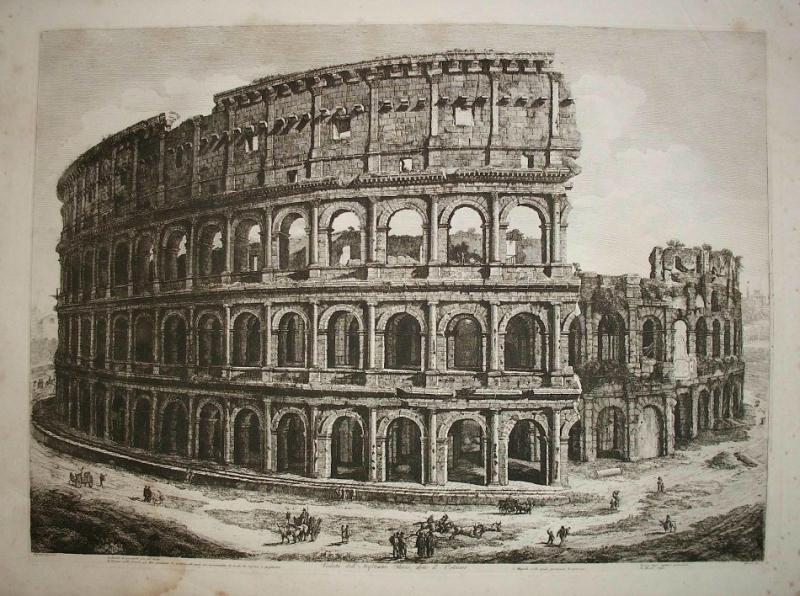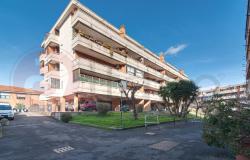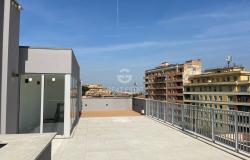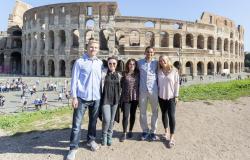Europe swells with elegant capital cities that have captured and continue to capture the literary imagination. Rome can be fascinating for a writer for its ambivalence, degeneration, disregard for time, monomaniacal visions, and chaos. In Rome, more than other cities, one gets the sense of being, seeing, and imbibing the same streets, monuments, and fountains of so many predecessors, literary or otherwise. Here's a list of places to visit if you enjoy calling on the ghosts of dead literati and finding some inspiration for yourself.
1. Keats-Shelley House: Piazza di Spagna, 26. The house at the bottom of the Spanish Steps (to the right if looking up at the church Trinità dei Monti) is where the Romantic poet John Keats died of tuberculosis in 1821 at the age of only 25. Keats came to Rome with the hope that the Mediterranean climate would cure him. For a month he enjoyed the city; he walked on the Via del Corso, the Spanish Steps and Monte Pincio. But his sickness soon got the better of him, and Keats died only three months after he arrived.

Piazza di Spagna, Rome
The apartment that Keats stayed in while in Rome has become a small museum devoted to his life and the life and works of other Romantics, such as Percy Bysshe-Shelley and Lord Byron. There are thousands of Romantic texts in the woodworked and glass cabinets along the wall. Keats's death mask and a few other relics from the poet's life are on display.
Standing in the room replicated to the condition when Keats died, water can be heard flowing from the Barcaccia fountain in Piazza di Spagna. Perhaps this was the influence for Keats's epigraph carved into his gravestone: "Here lies one whose name is writ in water." Since Keats's death, many poets and writers have made the pilgrimage to his house and grave in the Protestant Cemetery.
2. The Protestant or Non-Catholic Cemetery: Via Caio Cestio, 6. After Keats died he was buried in the Protestant Cemetery near the pyramid of Cestius. Back then the cemetery was small, but has since filled up with the graves of painters, writers, and musicians, among others. Keats's gravestone is among the most visited; Oscar Wilde even wrote a poem about it. Turn left after entering, and the grave is in the grassy plot behind the old wall. Seek shade under the trees in summer or sit on a bench in spring when the ground is covered with daisies.

The Protestant Cemetry, Rome
Other writers buried in the Protestant Cemetery are Romantic poet Percy Bysshe-Shelley, Italian writer Carlo Emilio Gadda, and the Beat poet Gregory Corso. Be sure check out the tomb The Angel of Grief, designed by sculptor William Wetmore Story for his wife. Copies can be found in cemeteries throughout the world.
3. Alberto Moravia's House: Lungotevere della Vittoria, 1. Open 1st Saturday of every month. Call +39 060608 for reservations. Alberto Moravia was one of Italy's best-known writers of the post-war years. His apartment above the Tiber river, where he lived during the later part of his life, has been preserved as a small museum. The apartment appears as if Moravia has just left for groceries and at any moment will return, sit down at his sturdy wooden desk, put his fingers to his Olivetti typewriter, and begin to write. The books of his personal library fill the shelves. And be sure to check out the kitchen stylishly decorated in the 70s.

Antico Caffe Greco, Rome
4. Antico Caffè Greco: Via Condotti, 86. Slip off the high-end shopping street of Via Condotti and into one of the oldest cafès in Italy. The writers and other artists who lived in this area—once known as the "English Quarter"—gathered here. Nickolai Gogol, George Eliot, Hans Christian Anderson, Stendhal, Charles Dickens, Nathaniel Hawthorne, Henry James, Lord Byron, Percy Bysshe-Shelley and maybe John Keats, to name a few, sipped cappuccinos at its round tables. It's impossible to know if a manuscript or poem was pondered or if lines were written within these walls, but I would feel confident making the gamble that at least one part of one book was conceived here.
5. Monte Pincio: Out of all the influential spots around Rome, Monte Pincio tops my list. It's a perfect writer's retreat, and Henry James agreed. Located above Piazza del Popolo and besides the sprawling Villa Borghese, Monte Pincio was the place to see and be seen during the evening passegiata (or walk). Henry James would sit on a bench and watch, and maybe seek out some of the characters that populate his novels, such as Daisy Miller, who also takes evening strolls here in the book of the same name.

Goethe's House, Via del Corso, Rome
6. Goethe's House: Via del Corso, 18. During Johann Wolfgang Goethe's 1786-1787 journey to Italy, he stayed in the painter Johann Tischbein's apartment above the Corso. Goethe's curiosity in Classic art was immense, and every afternoon he would go out and study some painting or statue that caught his interest. He filled the apartment with plaster casts of his favorites, which were eventually carted back to Germany when he returned. Still inside is a lovely collection of watercolors that Goethe made in the campagna and throughout Rome during his stay.
Even after Goethe left, Italy and Rome were never distant from his mind. If you're interested in Goethe's impressions of Italy, pick up his Italian Journey, a surprisingly good and modern read.













